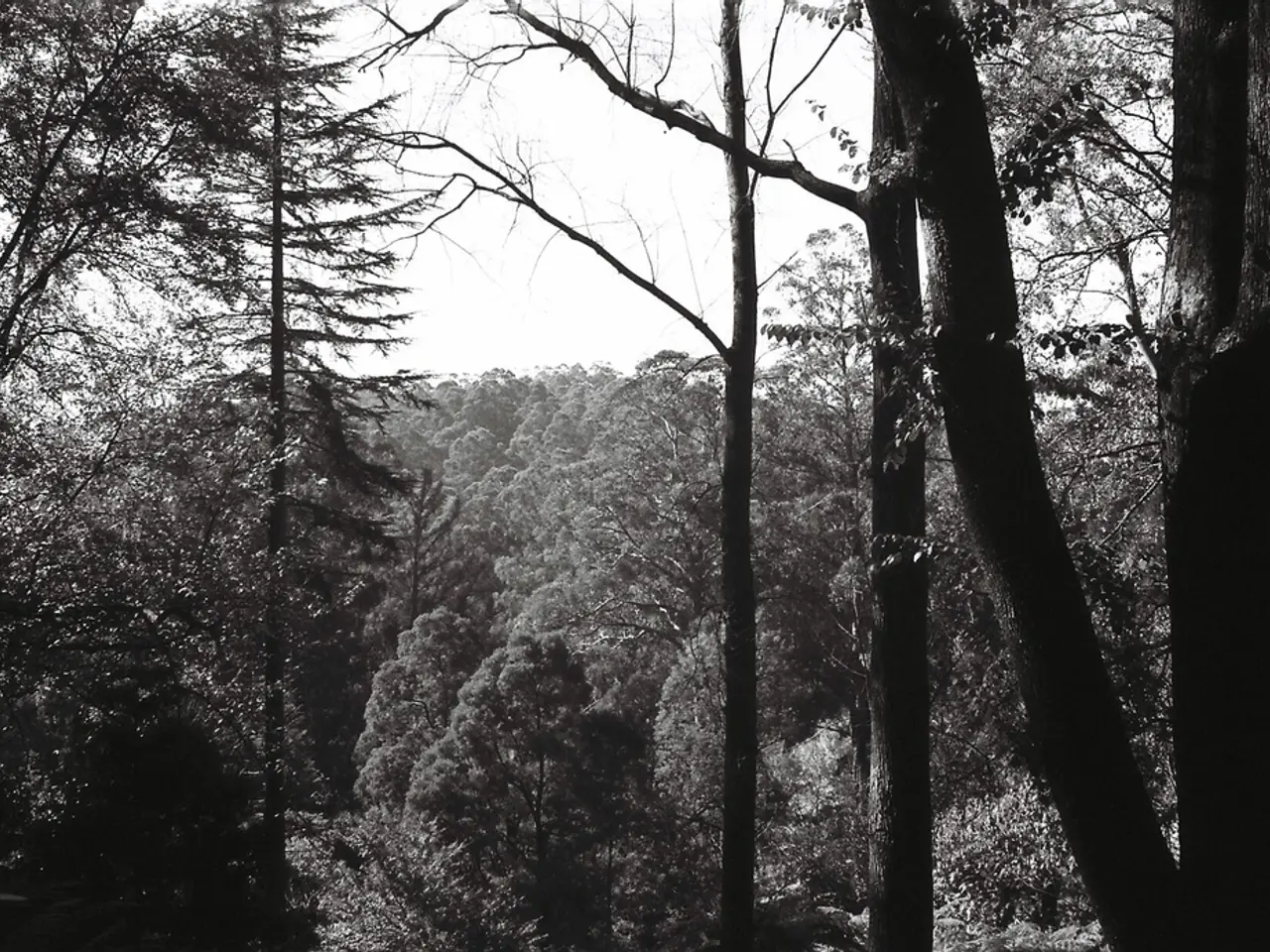Expounding scientific concepts in verse form
In a unique and engaging educational activity, students are communicating about kōwhai trees using poetry and content vocabulary. This innovative approach, published by Referencing Hub media, has been developed by Chloe Stantiall, with the assistance of researchers Maurice M. W. Cheng and Bronwen Cowie from The University of Waikato.
The activity involves students sharing their scientific learning about kōwhai trees through poetry. To facilitate this, ready-to-use cross-curricular teaching resources such as "Poetry with Fred the Thread - middle primary" and "Poetry with Fred the Thread - upper primary" are available.
The topic "literacy through science" curates activities that have strong literacy components. By integrating poetry into the teaching and inquiry sequence, students can deepen their connection to the kōwhai tree and its cultural significance.
Starting with scientific inquiry into kōwhai biology and ecology, students investigate the tree's physical characteristics, growth, habitat, and role in the ecosystem. This is followed by incorporating mātauranga Māori perspectives, introducing Māori stories, symbolism, and uses of kōwhai.
Poetry serves as a reflective and expressive response, allowing students to write poems that capture their understandings and feelings about kōwhai. These poems can express the beauty, uniqueness, and cultural importance of the tree.
The poetry writing is embedded within inquiry stages, with students writing descriptive poems about kōwhai to illustrate observations, composing narrative poems reflecting Māori perspectives or legends about the tree, and creating collaborative poems that blend scientific findings and cultural stories.
The poems and illustrations in this activity demonstrate careful observations of kōwhai trees and flowers made by the students. To amplify student voice and cultural knowledge, the poems are shared in classrooms, school assemblies, or community events linked to mātauranga Māori themes.
This approach aligns with Māori pedagogy by validating cultural knowledge alongside Western science, fostering a bicultural learning environment. It supports students to engage emotionally, creatively, and intellectually with kōwhai mātauranga.
In addition to poetry, the activity includes collecting kōwhai seeds, planting kōwhai seeds, observing kōwhai, and creating kōwhai infographics. These activities further enrich the learning experience, providing hands-on opportunities for students to connect with the kōwhai tree.
This activity can work as a stand-alone lesson or as part of a wider teaching and inquiry sequence about mātauranga Māori of kōwhai. A Word file containing resources for this activity is available for download. Recorded webinars such as "Science and literacy - making connections", "Fostering literacy through primary science", and "Science through picturebooks" discuss these resources in more detail. A recorded webinar titled "Exploring mātauranga in the classroom" also provides insights into this innovative approach.
[1] Cheng, M. M. W., & Cowie, B. (2021). Kōwhai: A Māori Perspective. New Zealand Journal of Teachers' Work, 10(1), 5-24. [2] Stantiall, C. (2021). Envisioning student possible selves in science: Addressing 'plant blindness' through place-based education. Unpublished manuscript. [3] Māori Language Commission. (2016). Kōwhai. Retrieved from https://maorilanguage.org.nz/kohwai [4] Ministry for the Environment. (2016). Kōwhai. Retrieved from https://www.mfe.govt.nz/sites/default/files/media/Kohwai-factsheet.pdf
- This educational activity encourages students to apply their scientific knowledge about kōwhai trees by expressing their learnings through poetry, furthering their education and self-development in both science and literature.
- To enhance the holistic learning experience, this activity involves writing descriptive, narrative, and collaborative poems about kōwhai, integrating the study of science with the art of poetry in an innovative manner.




